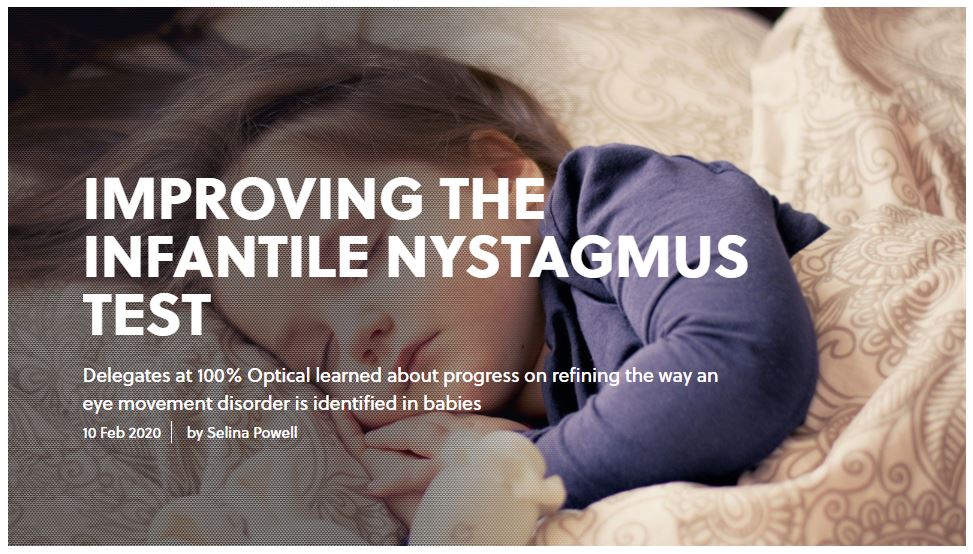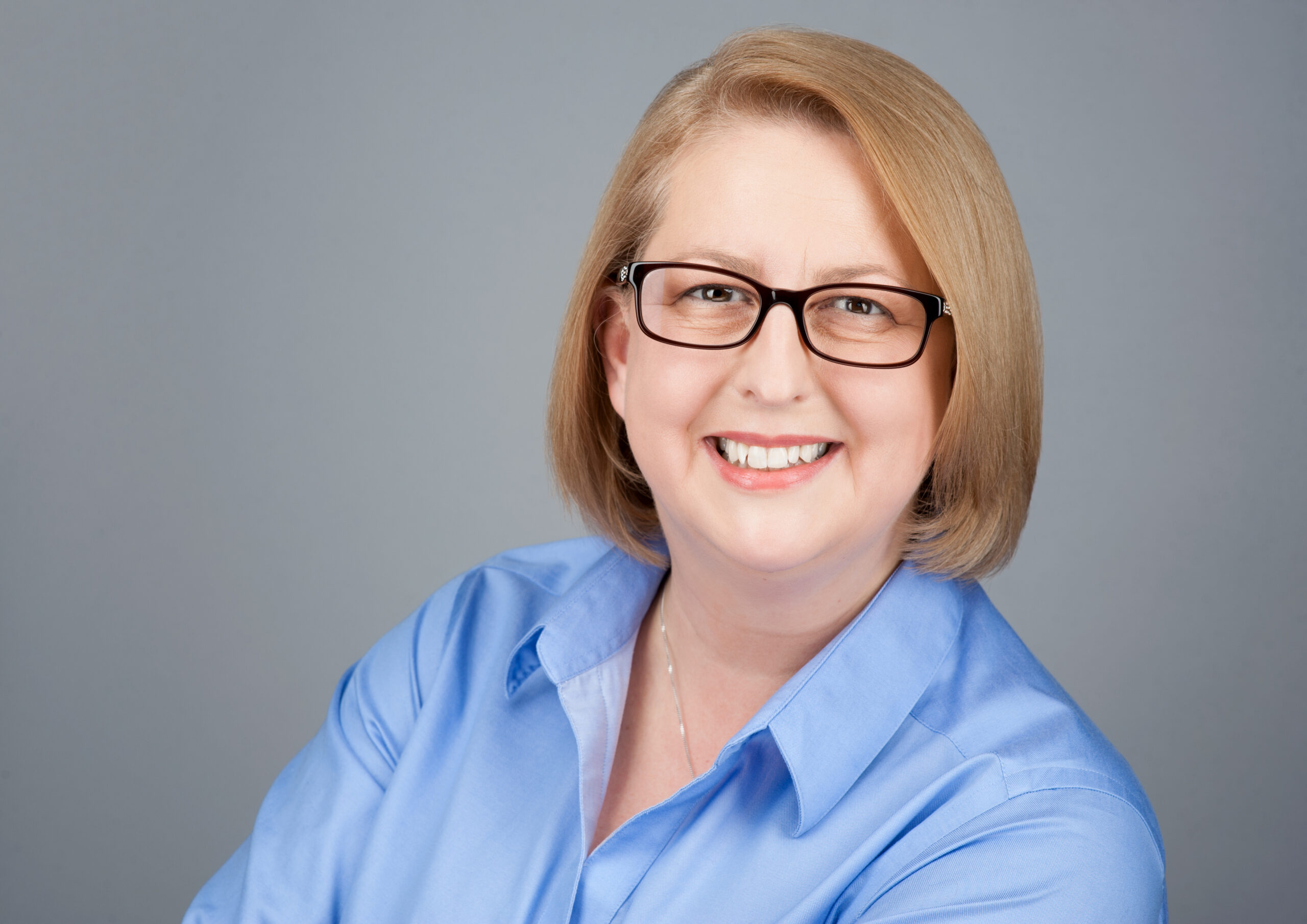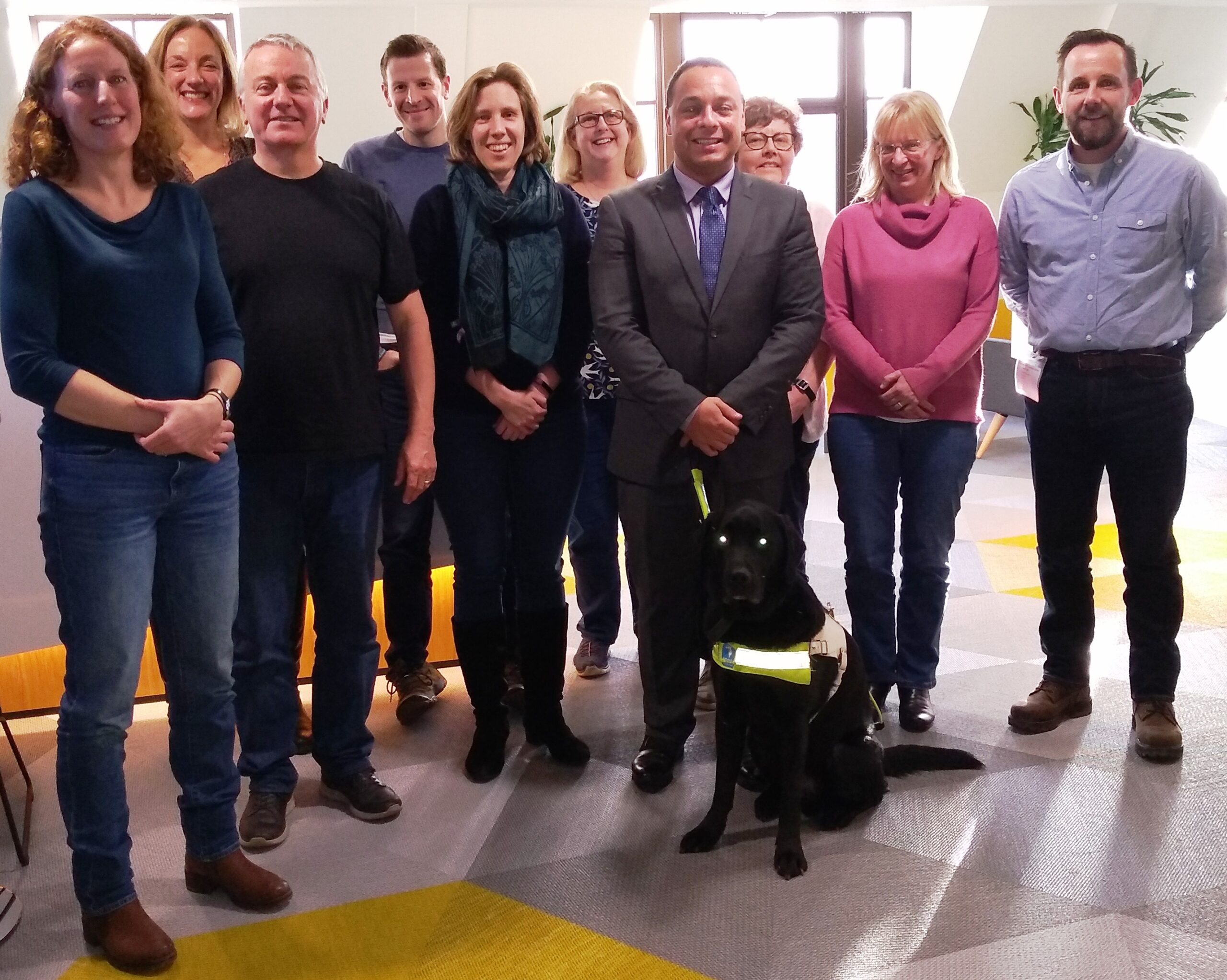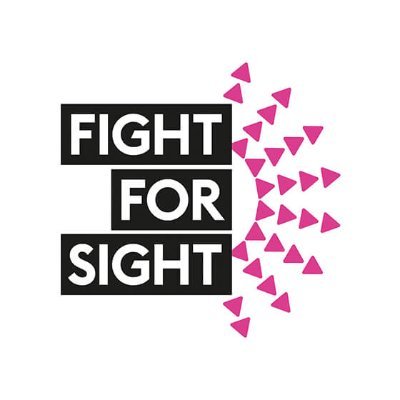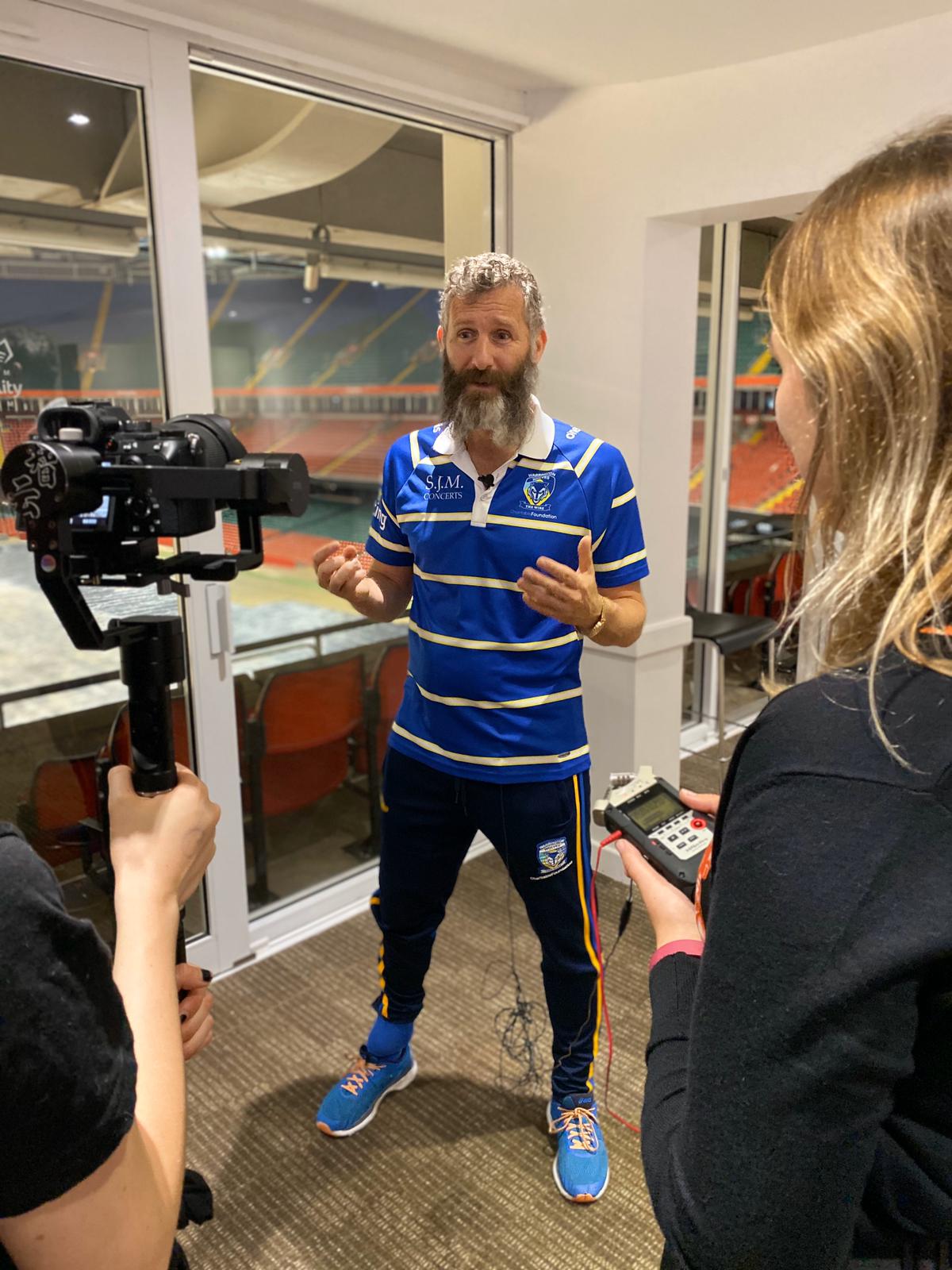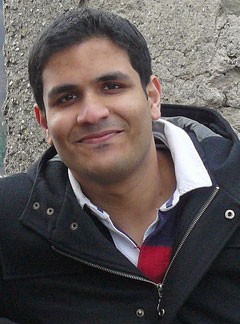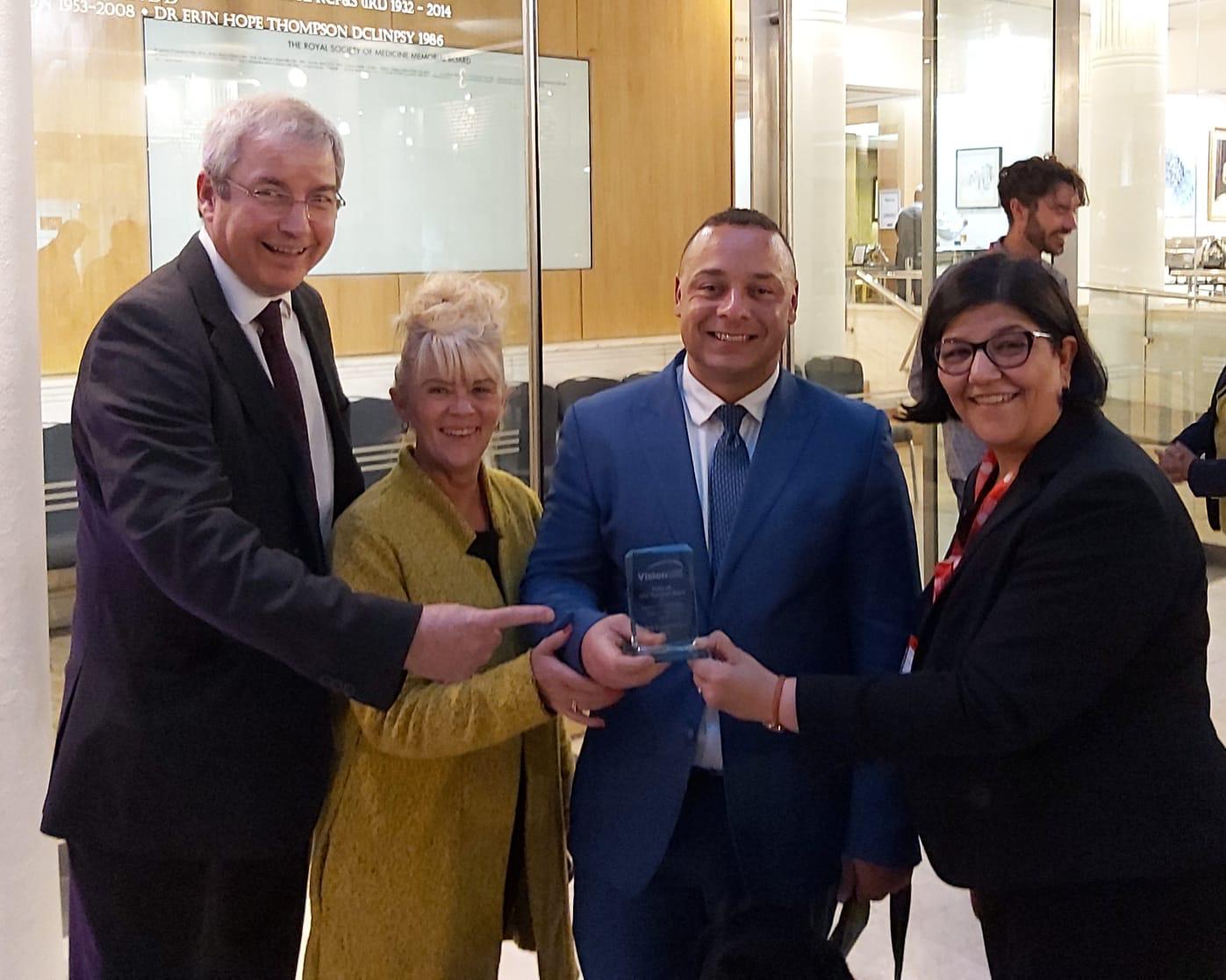GUEST POST
Fight for Sight is launching an online survey to gather broader insights into the personal impact of sight loss and eye conditions. The charity invites those affected by sight loss – either personally or indirectly via someone they care for – to participate in the survey and strengthen the case for urgently needed eye research funding.
The survey comes in response to shocking findings that sight loss costs the UK over £28 billion each year, yet only 1% of funding for public services is spent on eye research. This equates to just £20 for each person living with sight loss.
Fight for Sight believes that despite the evidence, the scale of this growing health challenge is not being taken seriously. Determined to change this and to build a case for more eye research funding, Fight for Sight desperately needs the input of those affected by sight loss to demonstrate its impact and to secure more funding for pioneering eye research.
Fight for Sight’s Chief Executive, Sherine Krause, said:
“In launching this survey, we hope to gather some valuable insights into the impact sight loss can have on those living with it. Unfortunately, sight loss is viewed by many people as inevitable. But we know its impact – for many people – can be devastating, from both a personal and financial perspective.
“We’re determined to build a case to demonstrate this, in order to be able to fund life-changing research. Fight for Sight’s pioneering research has already led to transformational treatments and our science is on the verge of future cures. With more funding, we hope to radically reshape the future for everyone affected by sight loss.”
Participation in the survey involves a short 15-minute phone interview or online survey in which respondents share information and answer questions on how living with sight loss or an eye condition impacts their life or that of the person they care for.
Interested participants should fill in the following short questionnaire to register their interest in taking part: https://www.surveymonkey.co.uk/r/TG2PRLX, which takes less than five minutes to complete, or call 020 7264 3900.
When the full 15-minute survey is launched in early 2020, those who have registered their interest will be contacted and invited to take part in a 15-minute online survey. The survey can also be done over the phone if this better suits access needs.
To register interest in taking part, please complete this short questionnaire by following this link: https://www.surveymonkey.co.uk/r/TG2PRLX or call 020 7264 3900.
Participants can really help to transform the eye research landscape and build a case to secure urgently needed funding for pioneering eye research projects.
-ENDS-
Contacts:
Alice Mitchell, Senior Media and Communications Officer; Direct line: 020 7264 3917; E-mail: [email protected]
About Fight for Sight
Fight for Sight is the leading UK charity dedicated to funding pioneering research to prevent sight loss and treat eye disease.
The charity currently invests over £8m in 160 research projects at 49 different universities and hospitals across the UK.
The organisation’s research covers both common and rare eye diseases and conditions including age-related macular degeneration, glaucoma, inherited eye diseases and those linked to other conditions like stroke and diabetes.
Over the course of Fight for Sight’s history the charity’s achievements include:
- the creation of the corneal transplant service
- new treatments to save the sight of premature babies
- research leading to the world’s first clinical trial of gene therapy treatments for choroideremia, an inherited condition that causes blindness in men
- the design of a new eye test that can detect the early stages of sight loss in age-related macular degeneration
- the identification of new genes responsible for glaucoma, retinitis pigmentosa, keratoconus and other corneal disorders
- supporting the development of Peek, a Portable Eye Examination Kit that uses a unique smartphone-based system for eye testing anywhere in the world
Fight for Sight social media:
Facebook: https://www.facebook.com/fightforsightuk
Twitter: https://twitter.com/FightforsightUK
Instagram: @fightforsightuk

